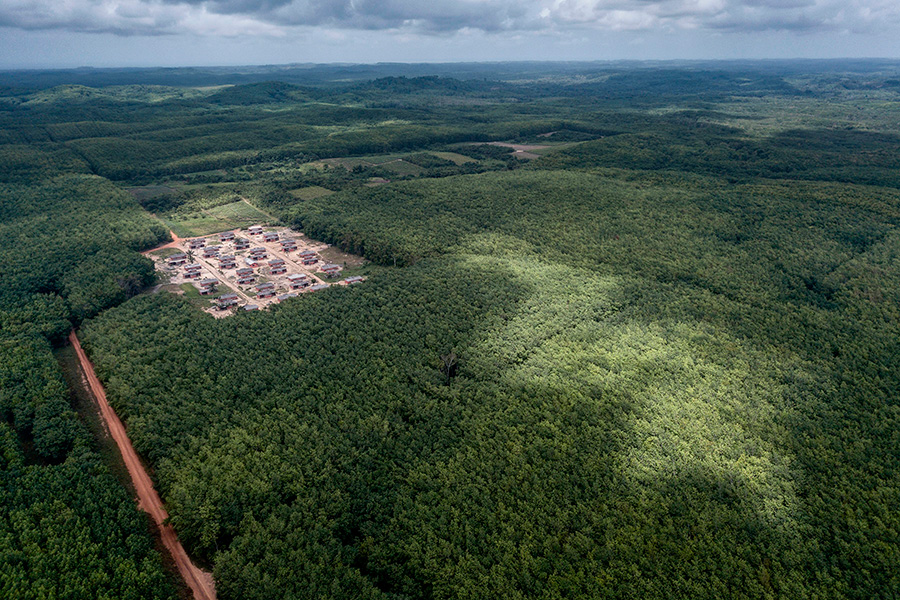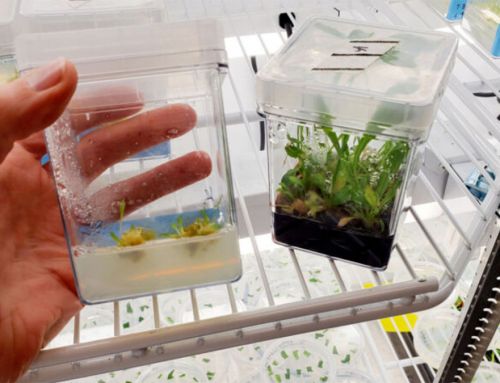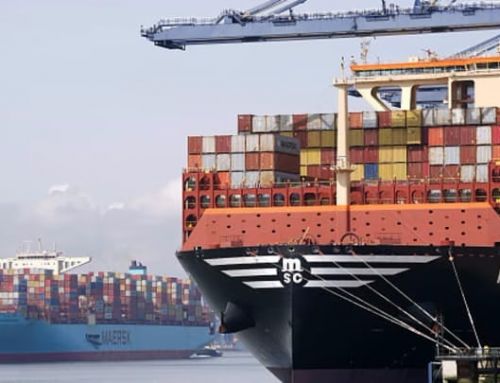Yale Environment 360, December 4, 2023
The growing market for rubber is a major, but largely overlooked, cause of tropical deforestation, new analysis shows. Most of the rubber goes to produce tires, more than 2 billion a year, and experts warn the transition to electric vehicles could accelerate rubber use.
he elephants are gone. The trees are logged out. The Beng Per Wildlife Sanctuary in central Cambodia is largely destroyed, after being handed over by the government to a politically well-connected local plantation company to grow rubber.
In West Africa, the Luxembourg-based plantations giant Socfin has been accused in recent weeks of deforestation and displacing Indigenous people around its rubber plantations in Nigeria and Ghana.
Meanwhile, on the heavily deforested Indonesian island of Sumatra, tire multinational Michelin and a local forestry company raised $95 million worth of green investment bonds on the promise that they would reforest bare land with rubber trees. But the NGO Mighty Earth has found that much of the plantation went ahead on land from which natural forest had been removed as recently as a few months before by a subsidiary of the local company.
These are just three examples among hundreds of one of the biggest, but least discussed, causes of tropical deforestation. The spread of rubber plantations is driven primarily by our demand for more than 2 billion new tires each year. The full devastating impact of this has been exposed by a new analysis of high-resolution satellite images that can, for the first time, distinguish rubber plantations from natural forests.
Rubber as a crop is a worse deforester than coffee or cocoa and is now closing in on palm oil for the top spot. But even as the true environmental cost of the ubiquitous rubber tire is being exposed, the damage could be about to escalate sharply. The new culprit is electric vehicles. Being substantially heavier than conventional vehicles, they reduce the life of a tire by up to 30 percent, and so could raise demand for rubber by the same amount.
Natural rubber is a milky latex harvested manually by tapping the bark of the Hevea brasiliensis, a tree originally from the Amazon that is now grown widely in plantations, especially in Southeast Asia. World demand has been rising by more than 3 percent a year. But with no sign of increased yields on plantations, that requires ever more land to keep pace.
Yet there has been little outrage. While growers and processors of other tropical commodity crops, such as soy, beef, palm oil, cocoa, and coffee, are under ever greater pressure from both regulators and consumers to show their products are not grown on land deforested to accommodate them, rubber has escaped public attention. When did you last see deforestation-free rubber tires advertised?
One reason for this environmental blind spot is that the truth has not been able to be seen by the remote-sensing systems used to track changing land use in much of the tropics. Unlike with other commodity crops, even the most assiduous analysis of satellite images of forest regions has been unable to distinguish the foliage of monocultures of rubber trees from the canopies of natural forests.
Until now.
A new international analysis published in October has for the first time used high-resolution imagery from the Sentinel-2 earth observation satellites, launched by the European Space Agency, to accurately identify rubber plantations. “The results have been sobering,” says lead author Yunxia Wang, a remote-sensing specialist at the Royal Botanic Garden Edinburgh.
She has found that between 10 and 15 million acres of tropical forests, an area larger than Switzerland, has been razed in Southeast Asia alone since the 1990s to feed our hunger for rubber. This is three times more than some previous estimates used by policymakers, she says. It makes the crop a worse deforester than coffee or cocoa and closing on palm oil for the top spot.
Tires on electric vehicles can wear out 30 percent faster than on conventional models, tire companies note.
Wang found that more than 2.5 million acres of this forest loss has been in Key Biodiversity Areas, a global network of natural sites identified by ecologists as critical for protecting endangered species. And she concluded that the recent boom means rubber plantations now occupy at least 35 million acres of Southeast Asia, where Thailand, Indonesia, and Vietnam are the world’s top three natural rubber producers.
Rubber’s deforestation footprint is also rising fast in Cambodia, says Wang. The country has lost a quarter of its forests in the past quarter-century, with at least 40 percent of new rubber plantations established in forests cleared for rubber production, including the Beng Per Wildlife Sanctuary. And it seems likely there will be many more to come. The Cambodian government has allocated 5 percent of the country for rubber growing, according to Global Forest Watch.
You can see why. Natural rubber is used widely in everything from condoms to sportswear and toys to industrial machinery. But more than 70 percent makes the 2.3 billion new tires the world buys each year. With ever more cars on the roads, demand continues to surge.






